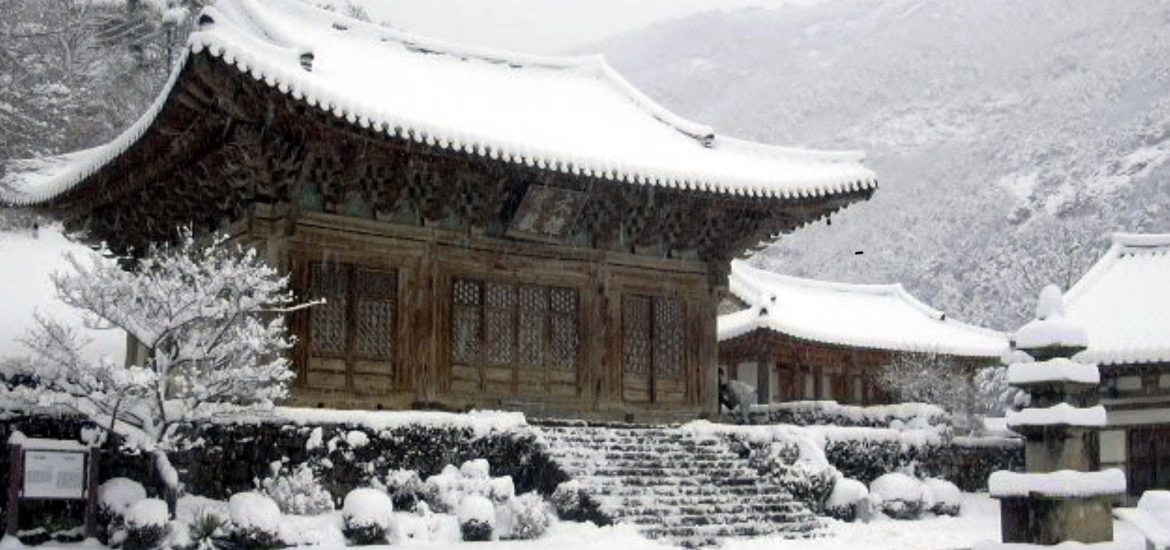
The Buddhist population in South Korea is estimated to be between 15%-30%. About 20%- 30% are Christian, mostly Protestant. Others believe in various religions including shamanism and new religions. There is also a small minority of Muslims. South Korea has a plurality of religions that mostly co-exist in peace. It is not uncommon for Koreans to be cross-spiritual. However, the majority of South Koreans claim no religious affiliation.
There is no dominant religion in South Korea. Although, Western media tends to focus on Christianity in Korea, because the number of Christians is high for an Asian country, especially for a one that was never colonized by a Western power. It’s also easier for Westerners to view a foreign country through a lens that is familiar to them, i.e. Christianity.
While Buddhism in South Korea continues to thrive. Buddhism among Korean-Americans keeps dwindling. 60%-80% of Korean-Americans identify as Christians. Of that 40% were not Christian when they immigrated to America. Conversion rates are high. There are 4000 Korean churches in America. There are about 90 Korean Buddhist temples in America. Currently, 5%-7% of Korean-Americans are Buddhists.
Why is there a much higher rate of Christian Koreans in America than in South Korea?
At the turn of the last century, Western concepts of Social Darwinism were adopted by East Asian thinkers. Korean scholars. At the same time, American missionaries, mostly Protestants, began evangelizing in Korea. Social Darwinism and Christianity were utilized by elite Koreans as a means of fighting Japanese Occupation while harnessing modernity and globalization.
During Japanese Occupation of the Korean Peninsula, a critical mass of Koreans who moved to America came to advocate for Korean independence or for post-secondary studies or both. The first president of South Korea, Syngman Rhee, followed this path. He met with President Theodore Roosevelt to ask him for help to maintain Korean independence. He attended Harvard and Princeton. He was also a Methodist who eventually founded a church.
Rhee was a church going, elite school loving Korean. Sound familiar?
Large numbers of Koreans did not come to America until the Immigration and Nationality Act of 1965, which was 12 years after the Korean War ended. The first wave of Korean immigrants from 1965-1980 tended to be middle class and up; and college educated. Most will say they came for a better life, which is partially true. Many were far more ambitious. They were entrepreurial and they wanted the American Dream. What better path way to assimilation than the Protestant work ethic? Churches became networks for social services, assimilation work shops, and business networking. If a church member opened a business, other church members became customers. Church members loaned each other money. Co-signed for loans. Buddhist temples by design, cannot offer such support services. Nor is it appropriate for Buddhists to have such material desires.
For a Korean-American to remain a Buddhist or a non-Christian means not only being left out of the benefits of attending a church, it also means social pressure to conform to the majority.
Are there attempts to reinvigorate Buddhism among Korean-Americans or to expand Korean Buddhism in America? In some small measures, yes. I havn’t been to this temple yet. But Won Buddhism Los Angeles offers programs in Korean and English.
